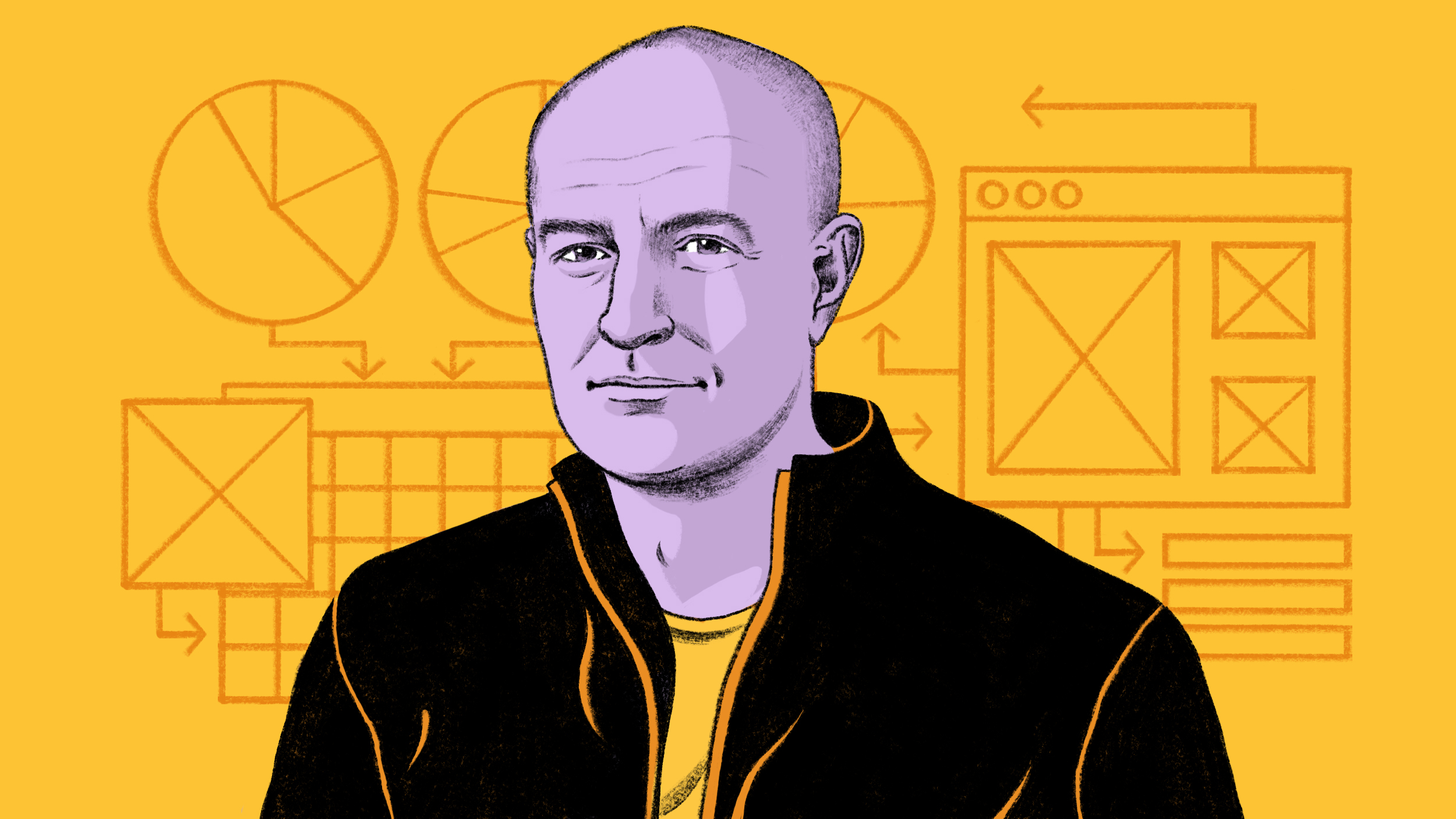Democratized Innovation

We are about to enter a new age of elegant solutions driven through democratized innovation. In the coming years, we’ll see a convergence of new platforms for posing grand challenges and new tools to allow anyone to address these challenges.
During the Renaissance, as society became less hierarchical and more interconnected, novel ideas and innovations flourished. Similarly today, where advances in information and communications technologies have led to ever-increasing human and digital interactions, the tools that enable innovation have never before been more accessible to organizations and individuals, regardless of their physical location on the planet. As a result, technology and innovation have been accelerating at an ever-faster clip.
These tools don’t end with the internet, either. New micro-financing mechanisms like TechStars and super angels enable companies to start up and iterate at ever increasing speeds. Very low cost prototyping tools like 3-D printers and CNC milling machines, “fab labs” and public access workshops like TechShop, and flexible global supply chains mean new products can make it from idea to manufacturing within days. Today, almost anyone with a great idea, no matter where they live, can have the means necessary to build and deliver the next generation of products and services.
But the real breakthrough happens when these individual innovators have an opportunity to collide with each other and, in more productive ways, address bigger challenges. We have already seen the beginnings of a renaissance in big problem solving. Incentive prizes like those from the X PRIZE Foundation, and strategic directives like the National Academies Grand Challenges for Engineering and the Millennium Goals announced by the Bill and Melinda Gates Foundation, will focus and drive our most creative minds from any discipline to use new tools to find solutions to the biggest challenges facing our planet.
This is why the University of Southern California just launched our Diploma in Innovation for PhD students: to enable the students are the absolute cutting edge of their fields—from digital arts to physics, materials science to architecture—to augment their role in the innovation ecosystem and learn how they can collaborate and make maximum impact with their ideas.
Our challenge in 2011, and where I see incredible opportunity on the horizon, will be how we choose to define the big questions of our time and engage the largest number of participants to create a viable path towards tangible and long lasting solutions.
— Krisztina “Z” Holly, Vice Provost for Innovation at the University of Southern California and Executive Director of the USC Stevens Institute for Innovation.
Image courtesy of Flickr user Chuck “Caveman” Coker.





